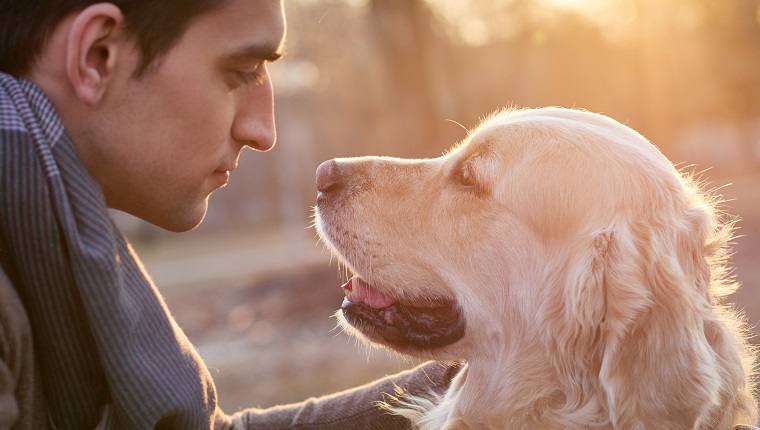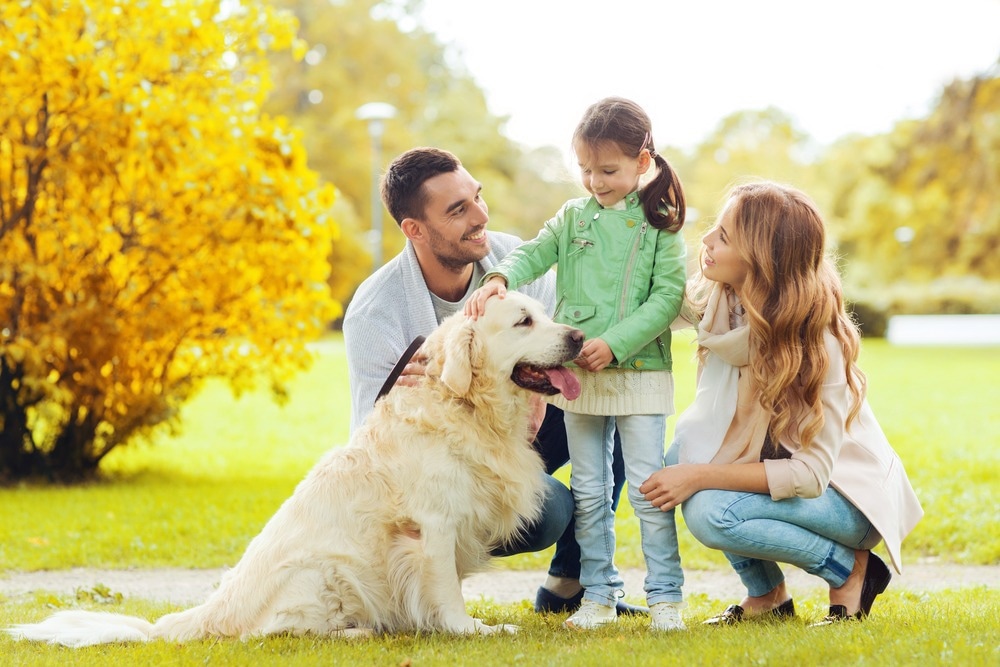Introduction
In the bustling lives of humans, pets have become our constant companions, offering unconditional love, comfort, and joy. But have you ever wondered if pets truly understand how we feel? Is their affection purely instinctive, or do animals have the capacity to empathize with human emotions? In this post, we will explore the fascinating world of pet empathy — the science behind how animals sense, interpret, and respond to our feelings.
This exploration takes us through evolutionary biology, neuroscience, animal behavior studies, and heartwarming real-life stories. Whether you have a dog, cat, bird, or any other pet, understanding the emotional connection you share can deepen your bond in extraordinary ways. Welcome to PetFriends, your go-to place for discovering the unique magic that pets bring to our lives!

What is Empathy?
Empathy is the ability to understand and share the feelings of another being. It goes beyond sympathy, which is feeling pity or sorrow for someone else’s misfortune. Empathy involves an emotional resonance — actually experiencing or recognizing another’s emotional state.
In humans, empathy is linked to complex cognitive and emotional processes, such as recognizing facial expressions, tone of voice, and body language. But can animals, especially our beloved pets, tap into similar abilities?
Evolution of Empathy in Animals
The roots of empathy likely go back millions of years in evolution. Many species, particularly social animals, benefit from understanding the emotions of others in their group — it improves communication, cooperation, and survival.
For example:
- Primates: Chimpanzees console distressed group members by hugging or grooming.
- Elephants: Known for their strong social bonds, they display mourning behaviors around deceased companions.
- Dolphins: Help injured pod members by supporting them to the surface for air.
These behaviors suggest an empathetic capacity among highly social animals. But what about pets like dogs and cats?

Dogs: The Champions of Human-Pet Emotional Connection
Dogs have lived alongside humans for at least 15,000 years, and this long partnership has shaped their brains to become highly attuned to human emotions.
How Dogs Read Human Emotions
Research shows dogs can:
- Recognize human facial expressions — happy, angry, sad.
- Differentiate between happy and angry voices.
- Respond to human emotions with comforting behaviors.
A 2018 study from Hungary used functional MRI (fMRI) scans on awake dogs and found that dogs’ brains react to human voices similarly to how humans process emotional sounds. This suggests dogs don’t just hear our words; they interpret our tone and feelings.
Dogs and Oxytocin: The Love Hormone
Oxytocin is often called the “bonding hormone” or “love hormone.” It plays a crucial role in forming social bonds in mammals.
Studies show that when dogs and their owners look into each other’s eyes, both experience a spike in oxytocin levels. This mutual hormonal response strengthens their emotional connection and likely enhances dogs’ sensitivity to our feelings.
Real-Life Examples: When Dogs Comfort Humans
Many pet owners report their dogs sensing sadness or anxiety and responding by staying close, licking their faces, or resting their head on the owner’s lap. Dogs also seem to detect physiological changes associated with emotions — such as changes in heart rate or scent — which help them react appropriately.

Cats: The Subtle Empaths
Cats often get a reputation for being aloof or independent, but many cat owners know otherwise. Cats can be deeply attuned to their owners’ moods and may express empathy in quieter ways.
How Cats Detect Emotions
While cats don’t rely heavily on facial expressions, they pick up on:
- Vocal tone and volume.
- Changes in routine or behavior.
- Scent changes linked to stress or illness.
Cats can sense when their humans are upset or anxious and may respond by:
- Sitting closer or kneading on the owner.
- Purring, which can have calming effects.
- Bringing “gifts” or showing unusual affection.
Scientific Insight: Emotional Contagion in Cats
Emotional contagion is the most basic form of empathy — catching another’s emotional state. A 2019 study suggested cats could exhibit emotional contagion by responding to their owner’s distress with stress-related behaviors, though further research is needed.

Beyond Dogs and Cats: Empathy in Other Pets
Birds
Parrots, crows, and ravens are known for their intelligence and social nature. They can mimic human speech but also appear to understand the emotional context of interactions. For example, parrots might become more affectionate or vocal when their owner is upset.
Small Mammals
Rabbits, guinea pigs, and ferrets may not have the emotional range of dogs or cats but often bond with owners and show signs of stress or comfort in response to their human’s mood.

How Do Pets Sense Human Emotions? The Science Behind It
1. Sensory Cues
- Visual: Dogs and cats can interpret human body language and facial expressions.
- Auditory: Tone, pitch, and pace of voice convey emotions.
- Olfactory: Humans emit scent changes related to stress hormones like cortisol, which animals can detect.
2. Mirror Neurons
Mirror neurons are brain cells that activate when an animal observes another’s behavior or emotional state, potentially leading to empathy. These neurons are thought to be important for emotional understanding in both humans and animals.
3. Conditioning and Experience
Many pets learn through experience how their owners react and adjust their behavior to provide comfort. This learned empathy enhances the bond over time.
The Benefits of Empathetic Pets
Having a pet that senses your emotions can offer profound benefits:
- Mental Health: Pets can reduce anxiety, depression, and loneliness by offering emotional support.
- Physical Health: The calming effect of pets can lower blood pressure and improve cardiovascular health.
- Social Support: Pets can encourage social interaction and provide a sense of purpose.
How to Nurture Emotional Connection with Your Pet
To deepen the empathetic bond:
- Spend Quality Time: Play, walk, cuddle, or simply sit together.
- Observe and Respond: Notice your pet’s cues and reciprocate affection.
- Practice Patience: Some pets take longer to open emotionally.
- Positive Reinforcement: Reward comforting behaviors.

Heartwarming Stories of Pet Empathy
Story 1: Max the Therapy Dog
Max, a golden retriever, senses when his owner is about to have a panic attack and nudges her to take deep breaths or distracts her with play. This intuitive support helps her manage anxiety daily.
Story 2: Luna the Comforting Cat
Luna, a shy tabby, curls up beside her owner every time he feels sad or stressed. The owner reports feeling immediate calm when Luna is near.
The Future of Pet Empathy Research
Science continues to uncover how deep the emotional understanding between pets and humans goes. Advances in neuroimaging, genetics, and behavioral studies promise to reveal more about this unique bond.

Conclusion
Pets are more than just companions — they are empathetic beings capable of sensing and responding to human emotions in remarkable ways. Whether through a comforting nudge from a dog, a soothing purr from a cat, or the attentive gaze of a bird, our animal friends share a silent emotional language with us.
Understanding and nurturing this empathy enriches both our lives and theirs, creating a lifelong friendship based on love, trust, and mutual care.
At PetFriends, we celebrate these extraordinary bonds. Share your own stories of pet empathy in the comments below — we’d love to hear how your furry, feathered, or scaled friends understand your heart!
Bonus: Tips to Train Your Pet to Be More Attuned to Your Emotions
- Practice calmness yourself — pets pick up on your energy.
- Use consistent vocal tones to signal different emotions.
- Reward your pet when they respond to your emotional cues.
- Engage in activities that strengthen your bond like obedience or agility training.

